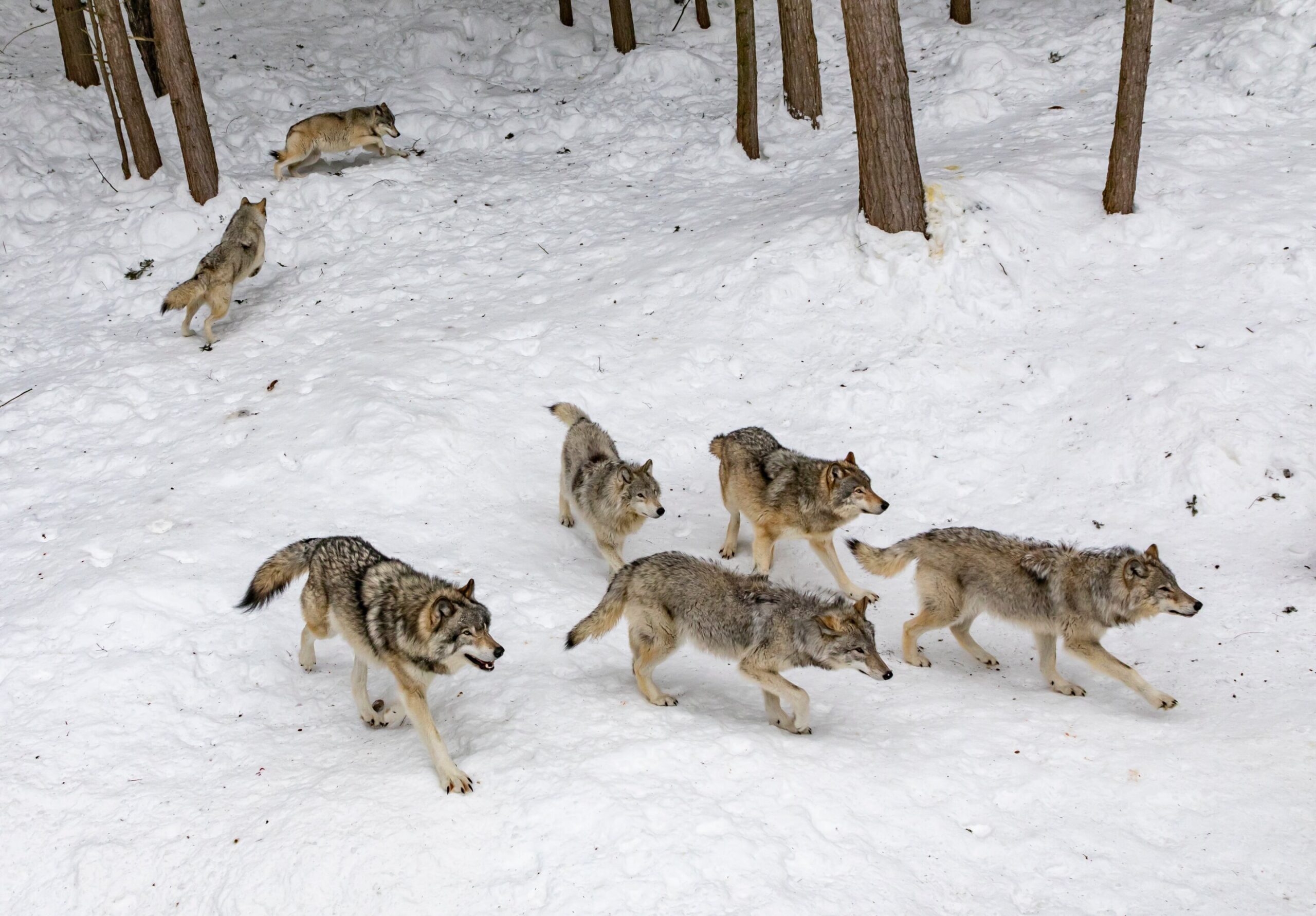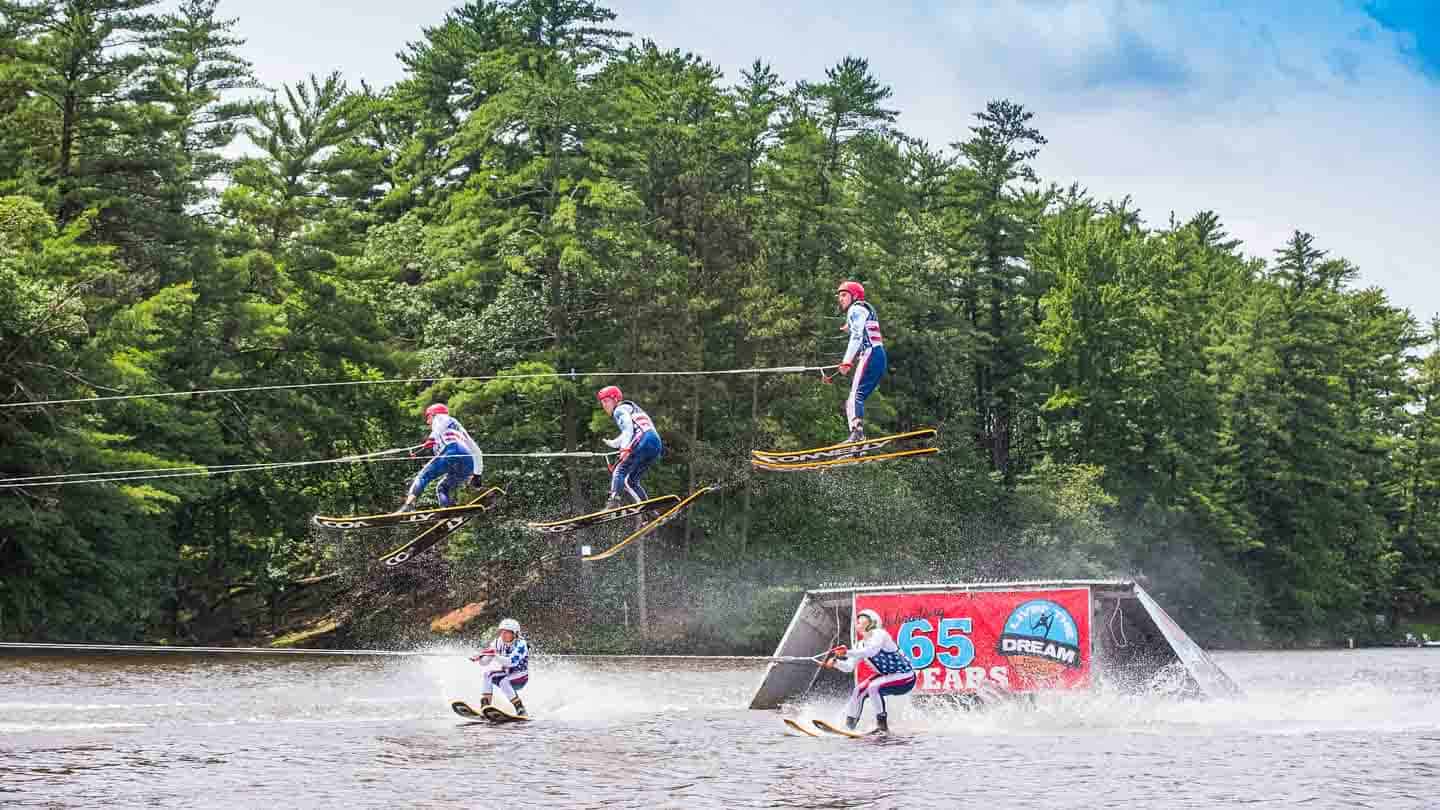NESTING LOONS
Two weeks ago, Monica heard the first signature yodel of the common Loon echoing across Mamie Lake and after a few minutes, that amazing black and white bird appeared. After all these years, those first eerie calls and sightings still bring a smile to Monica’s face. The next day I saw the same Loon and after telling a few friends about our viewing we found out many were excited they are back on our lakes.
Unfortunately, I feel bad for the people that will never experience loons swimming in their lake, and it is because of their fall migration.
Depending on their size (weight and wingspan) Loons need a minimum of 30 yards to a quarter mile to become airborne, so they usually never land on smaller lakes. There have been instances during their 1600 to over 2500-mile migration north, when loons have landed close to overnight staging areas on wet pavement thinking it was water and/or small ponds. When this happens, they basically become trapped. Those that do become stranded, if possible are caught and when strong enough, are transferred to a large body of water to continue their journey.
Being that loons return to the same lake each year, those bodies of water will usually have a nesting pair of loons. At this time both male and female will build the nest and by mid-May to mid-June the female will lay 1 to 2 eggs then incubate them for 26 to 30 days. Sounds simple enough and what could go wrong, right?
Well, on top of the loss of shoreline habitat due to homes and cottages being built, it’s an up-hill battle for those chicks to hatch. Loons have to take what mother nature throws at them. So how bad could it be? Loons have terrible balance because they are large birds, and their legs are positioned so far back on their bodies. Therefore, they can barely walk on land, and this is why loons build their nest on shore at the edge of the water.
On top of the possible heavy spring rain, waves caused by wind can flood their nest. Then the fishing opener can coincide with nesting Loons and wakes from boats also can flood or washout the nests that are only made of sticks, grass, mud and lake vegetation. Another natural disturbance is when the black flies hatch, because they can force loons off their nest.
Loons have been forced off their nest by people in canoes/kayaks that come too close to the nest to take pictures. Anytime a Loon leaves or is forced to abandon their nest, not only does the incubation stop (EGGS NEED A CONSTANT 95 DEGREES) but an empty nest is vulnerable to predators. One good thing if you want to call it that is, if a nest is destroyed early enough, Loons may build another nest and lay a second round of eggs, but this rarely happens.
We can’t do anything about mother nature, but we can help by 1) not causing big wakes from our boats and 2) staying away from the shoreline until the chicks have hatched. If and when the chicks hatch, the little ones will ride on their parents back for the first two weeks to stay warm and to reduce predators from above and below the water.
Again, give the Loons and chicks room, because the chicks can use up to eight times more energy to avoid human pressure and this never turns out in their favor. Hopefully you now understand that Loons can have a tough time nesting so let’s give them space at this time and during the summer too.




